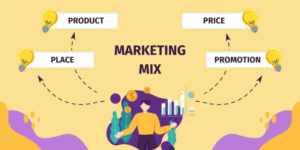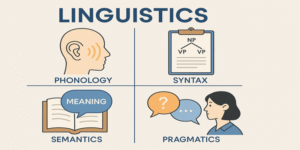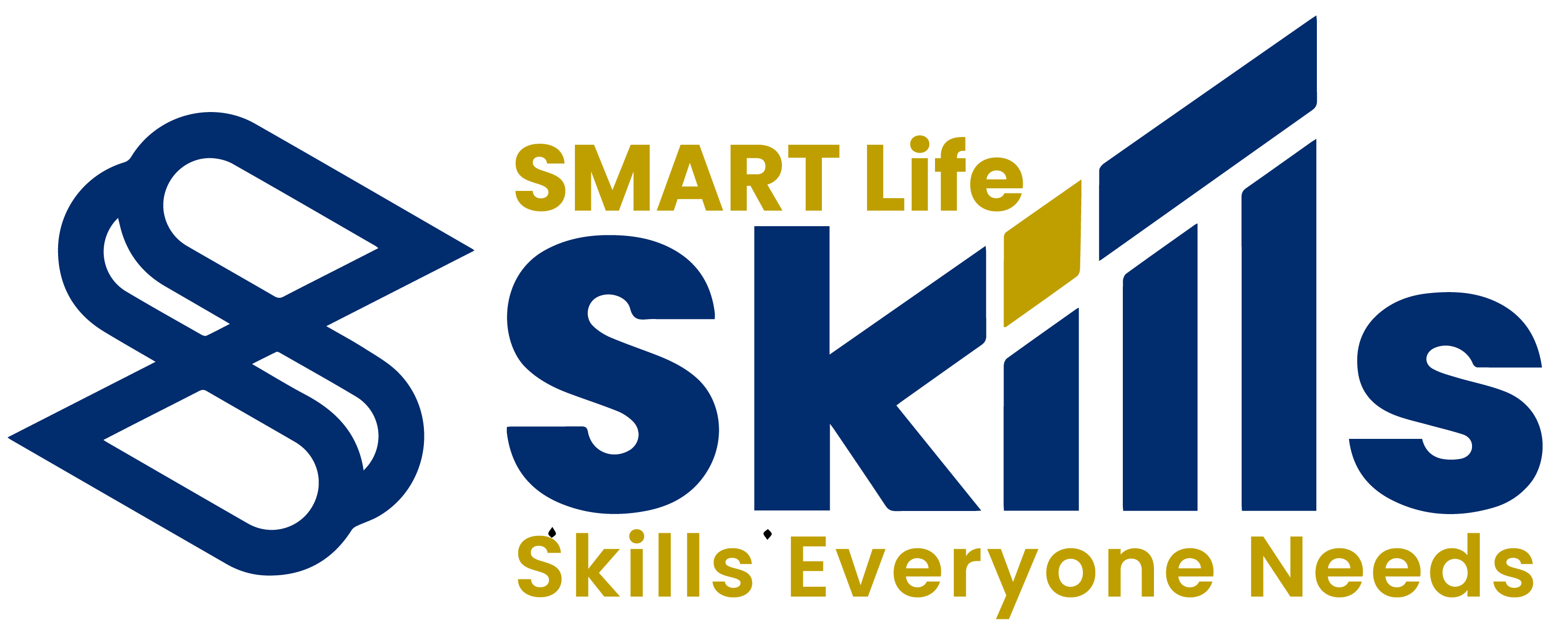In today’s dynamic and competitive business environment, recognition and rewards have become pivotal in shaping the employee experience. Research consistently shows that when employees feel appreciated, they are more motivated, engaged, and loyal (Brun & Dugas, 2008). Organisations with strong recognition systems report higher productivity and lower turnover, making recognition not just a “nice to have”, but a strategic imperative in Human Resource Management (HRM).
This article explores key strategies to develop a culture of recognition and rewards and how it can improve the employee experience and organisational performance.
1.0 Establish Clear Objectives
Establishing a recognition and rewards system requires clarity of purpose. This involves:
- Defining measurable goals such as improving engagement, reducing absenteeism, or enhancing performance metrics (Katzenbach & Smith, 1993).
- Aligning the programme with organisational values and strategy. As Robbins and Judge (2019) argue, rewards that resonate with corporate culture reinforce desired behaviours and create stronger commitment.
For instance, Unilever uses its “Connected 4 Growth” initiative to align rewards with innovation and customer-centric behaviours, linking incentives to strategic goals.
2.0 Design an Inclusive Programme
An inclusive rewards system accounts for diversity in employee needs and motivations. Bersin (2012) suggests a comprehensive framework that includes:
- Manager-to-employee, peer-to-peer, and team-based recognition
- A variety of rewards: monetary bonuses, public acknowledgements, extra leave, learning opportunities, and career development access
Gagné and Deci (2005) highlight the importance of balancing extrinsic rewards with opportunities for intrinsic motivation, such as autonomy and mastery, to sustain long-term engagement.
3.0 Implement Consistent Practices
Recognition must be consistent and systematic to be effective. Allen and Helms (2002) found that irregular or unclear recognition practices lead to disengagement and perceived unfairness.
- Establish transparent criteria to ensure that rewards are perceived as fair and merit-based (Cameron & Pierce, 2004).
- Schedule regular events or platforms where recognition is standard practice—e.g., monthly town halls or internal newsletters.
4.0 Encourage Peer-to-Peer Recognition
Peer recognition empowers employees to acknowledge one another’s efforts, fostering team cohesion and morale. Platforms like Bonusly and Workhuman allow employees to send public notes of thanks and assign points that can be converted into rewards.
Brun and Dugas (2008) found that peer-driven systems strengthen social bonds and support a positive workplace climate, especially in team-based environments.
5.0 Train Leaders and Managers
Leaders play a crucial role in shaping a culture of appreciation. Kouzes and Posner (2012) stress that leaders who recognise their team members regularly and meaningfully foster higher trust and discretionary effort.
Training should include:
- How to give timely, specific, and authentic recognition
- The importance of recognising effort, not just results
- Encouraging public recognition while being mindful of individual preferences
Yukl (2013) emphasises that leaders must model the behaviours they wish to see, and recognition is no exception.
6.0 Utilise Technology
In the digital age, technology can scale and personalise recognition systems:
- Recognition platforms (e.g., Kudos, Nectar) automate tracking and delivery of acknowledgements.
- Data analytics enable HR to identify trends, spot inconsistencies, and evaluate return on investment (ROI) (Davenport & Harris, 2007).
Such systems make recognition visible, trackable, and inclusive, especially in hybrid or remote teams.
7.0 Celebrate Milestones and Achievements
Celebrating work anniversaries, project completions, or even personal achievements (e.g., earning a degree) builds a sense of belonging and community.
Haid and Sims (2009) argue that recognising milestones humanises the workplace and strengthens the emotional contract between employer and employee.
For example, Google celebrates “Noogler” (new employee) milestones with public shoutouts, reinforcing their inclusive and fun workplace identity.
8.0 Solicit Feedback
An effective recognition programme must be responsive and adaptive. Regularly gathering employee feedback through surveys or focus groups helps:
- Ensure the system reflects employee preferences
- Identify potential equity issues
- Refine recognition methods and frequency
Neck and Houghton (2006) advocate for self-leadership principles, where employees co-create systems that make them feel more in control of their experiences.
9.0 Measure Impact
To ensure sustainability, organisations must measure the impact of recognition on key performance indicators (KPIs):
- Engagement levels
- Retention and turnover rates
- Productivity and absenteeism
- Performance appraisals and customer feedback
The Balanced Scorecard model by Kaplan and Norton (1996) can be applied to track recognition initiatives across financial, learning, and internal metrics.
Rummler and Brache (2012) caution that what gets measured gets managed, underscoring the need for ongoing evaluation and recalibration.
10.0 Promote a Culture of Appreciation
Beyond formal rewards, cultivating a day-to-day culture of appreciation is essential. This involves:
- Encouraging simple thank-yous, positive emails, or gestures of gratitude
- Promoting a psychologically safe environment where contributions are valued
- Normalising recognition as a core managerial and peer responsibility
Cameron and Spreitzer (2012) emphasise the transformative power of positive organisational scholarship, where cultures rooted in appreciation, compassion, and resilience outperform peers on innovation, loyalty, and growth.
11.0 Case Example: Salesforce
Salesforce, ranked among the best places to work globally, uses a robust recognition system called “Thanks”, integrated into its internal communications platform. Employees can send digital badges, points, or public notes that are visible company-wide. Rewards range from small tokens to significant development opportunities. Leadership encourages a top-down and peer-driven approach, and feedback is regularly collected to improve the programme.
The company credits this culture with its 95% employee satisfaction rate and exceptionally low attrition, particularly in high-turnover roles such as sales and customer service.
A well-crafted recognition and rewards programme is not merely about handing out bonuses or trophies. It is about embedding appreciation, fairness, and purpose into the fabric of the workplace. When employees feel seen, valued, and celebrated, they are more likely to go above and beyond their job descriptions.
By aligning recognition with organisational goals, using technology, training leaders, and fostering a feedback-rich environment, organisations can enhance not only the employee experience but also business outcomes.
In today’s competitive talent landscape, where engagement and retention are at a premium, cultivating a culture of recognition and rewards is no longer optional—it is a business necessity.
References
Allen, R. S., & Helms, M. M. (2002) “Employee Perceptions of Relationships Between Strategy Rewards and Organisational Performance”. Journal of Business Strategies, 19(2), pp. 115-139.
Babcock-Roberson, M. E., & Strickland, O. J. (2010) “The Relationship Between Charismatic Leadership, Work Engagement, and Organisational Citizenship Behaviours”. The Journal of Psychology, 144(3), pp. 313-326.
Baker, W. (2018) Achieving Success Through Social Capital: Tapping the Hidden Resources in Your Personal and Business Networks. Jossey-Bass.
Bersin, J. (2012) The New Corporate Learning Factbook: Benchmarks and Analysis of Corporate Learning and Development. Bersin & Associates.
Brun, J. P., & Dugas, N. (2008) “An Analysis Of Employee Recognition: Perspectives on Human Resources Practices”. The International Journal of Human Resource Management, 19(4), pp. 716-730.
Cameron, J., & Pierce, W. D. (2004) Rewards and Intrinsic Motivation: Resolving the Controversy. Greenwood Publishing Group.
Cameron, K. S., & Spreitzer, G. M. (Eds.). (2012) The Oxford Handbook of Positive Organisational Scholarship. Oxford University Press.
Davenport, T. H., & Harris, J. G. (2007) Competing on Analytics: The New Science of Winning. Harvard Business Review Press.
Deming, W. E. (1986) Out of the Crisis. MIT Press.
Gagné, M., & Deci, E. L. (2005) “Self-Determination Theory and Work Motivation”. Journal of Organisational Behavior, 26(4), pp. 331-362.
Haid, M., & Sims, J. (2009) Employee Engagement: Maximising Organisational Performance. Right Management.
Kaplan, R. S., & Norton, D. P. (1996) The Balanced Scorecard: Translating Strategy into Action. Harvard Business Review Press.
Katzenbach, J. R., & Smith, D. K. (1993) The Wisdom of Teams: Creating the High-Performance Organisation. Harvard Business Review Press.
Kouzes, J. M., & Posner, B. Z. (2012) The Leadership Challenge: How to Make Extraordinary Things Happen in Organisations. Jossey-Bass.
Neck, C. P., & Houghton, J. D. (2006) “Two Decades of Self-Leadership Theory and Research: Past Developments, Present Trends, and Future Possibilities”. Journal of Managerial Psychology, 21(4), pp. 270-295.
Robbins, S. P., & Judge, T. A. (2019) Organisational Behaviour. Pearson.
Rummler, G. A., & Brache, A. P. (2012) Improving Performance: How to Manage the White Space on the Organisation Chart. John Wiley & Sons.
Schein, E. H. (2010) Organisational Culture and Leadership. John Wiley & Sons.
Schweyer, A. (2010) Talent Management Systems: Best Practices in Technology Solutions for Recruitment, Retention and Workforce Planning. John Wiley & Sons.
Yukl, G. (2013) Leadership in Organisations. Pearson.









